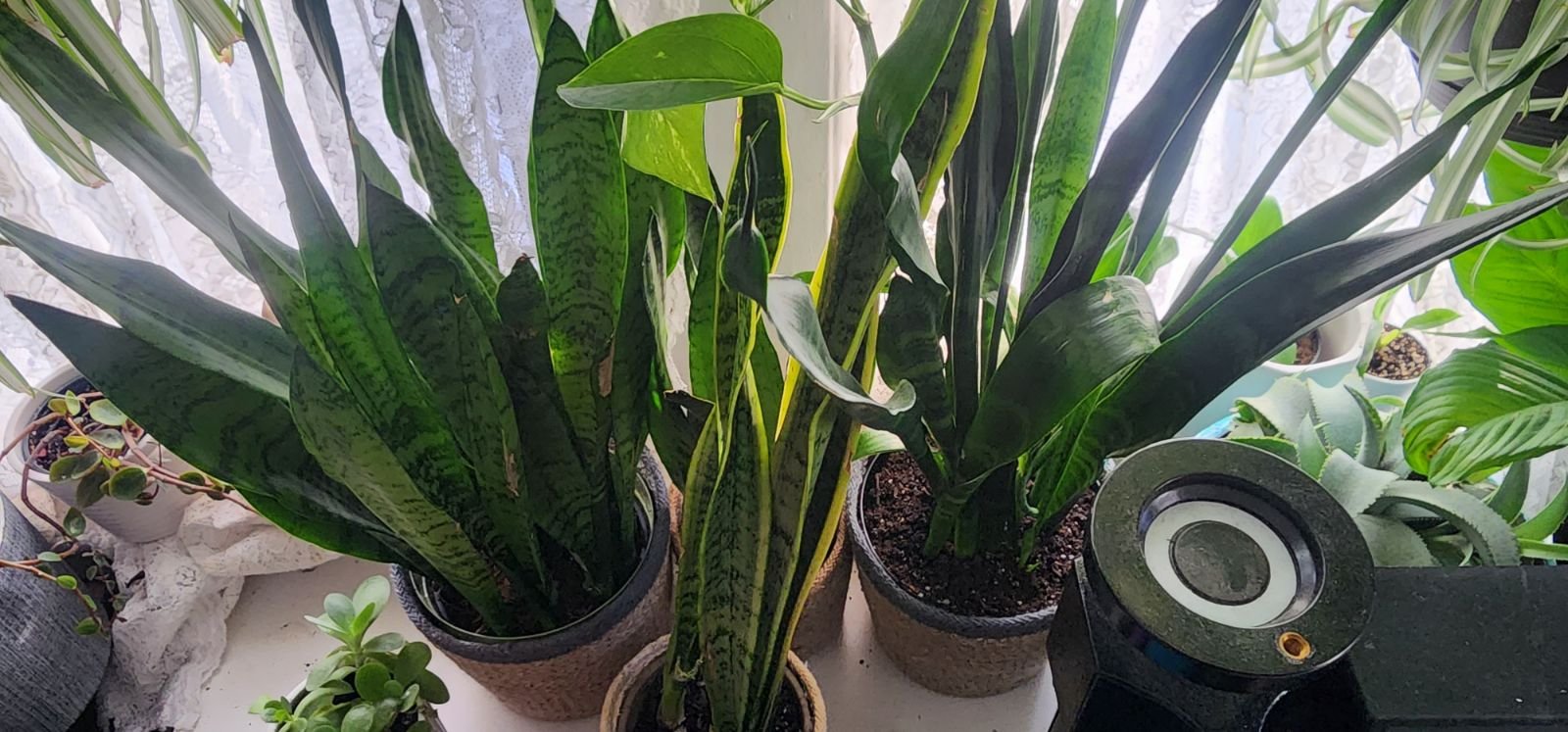It’s every plant parent’s question: is my plant thirsty, or is it just chillin’? Watering is one of the most challenging parts of plant care, and for good reason! Too much water, and your plant might start to droop; too little, and it could start withering away. So, how can you really tell if your plant is asking for a drink? Fortunately, plants do give us signals! It’s just a matter of tuning in and learning to speak their language.
Let’s dive into some tips that will help you read your plant’s “body language” and figure out if it’s thirsty or thriving.
Leaf Language – What Your Plant’s Leaves Are Telling You
One of the easiest ways to read your plant’s signals is by checking out its leaves. Leaves are like the plant’s vocal cords; they’ll show you what’s going on inside. If the leaves are firm, perky, and vibrant, you’re likely on track. But if they’re drooping, curling, or yellowing, it’s time to investigate further.
For example, drooping leaves can mean a few things. It could be a sign of underwatering – but it can also signal overwatering! The key is to check the soil. If the soil feels dry, it’s probably thirsty. If it’s still moist, ease up on the water because overwatering can lead to root rot, a real downer for your plant’s health.
Soil Check – Your Plant’s Thirst Thermometer
The quickest way to know if a plant needs water? Get your hands in the soil! Use your finger to poke into the soil about an inch or two deep. If it feels dry at that level, your plant is likely ready for a drink. If it’s still damp, it’s best to wait. Many plants prefer to dry out a bit between waterings, especially those with thicker leaves, like succulents and ZZ plants.
If sticking your fingers in the dirt isn’t your thing, you can use a moisture meter – they’re inexpensive, easy to use, and a helpful backup for your instincts.
Watch for Wilting – A Classic Thirst Signal
Wilting is one of the most recognizable signals that your plant might be thirsty. When plants don’t have enough water, they can’t keep their leaves firm and upright. But again, be careful – wilting can also occur with overwatering! A quick soil check will confirm which issue you’re dealing with.
If the plant perks up soon after you water it, you’ll know it was thirsty. But if it’s still looking sad despite damp soil, overwatering may be the culprit. In that case, let the soil dry out and give the roots a chance to recover before watering again.
The Weight Test – Feel the Difference
Here’s a little trick that works wonders: the weight test! After you water a plant, lift the pot to feel its weight. Then, once it’s been a few days and you think it might need water again, lift it once more. You’ll notice it’s lighter when it’s time for a drink. This trick works especially well with smaller plants, and over time, you’ll intuitively know when your plant is thirsty just by giving it a little lift.
Signs of Overwatering – Don’t Drown Your Green Babies!
Just as much as plants need water, they also need oxygen. Overwatering fills up the spaces in the soil that usually allow air to circulate, and this can cause roots to rot. So, what are the signals of overwatering?
Yellowing leaves, mushy stems, and brown leaf tips are all signs that your plant might be getting too much love. If you spot these symptoms, cut back on watering, let the soil dry out, and consider repotting your plant in fresh, well-draining soil if needed.
Final Thoughts: Tune in to Your Plant’s Thirst Cues
Learning to water wisely is all about observing your plants and getting to know their unique quirks. When you take the time to “listen” to their signals, you’ll find that caring for them becomes more natural and enjoyable. With a little practice, you’ll get into a rhythm where you can water with confidence, helping each plant thrive!
Remember: each plant has its own personality and unique needs. By paying close attention, you’ll know when they’re thirsty and when they’re simply happy and thriving. So go ahead, tune in, and enjoy the journey with your green friends!



